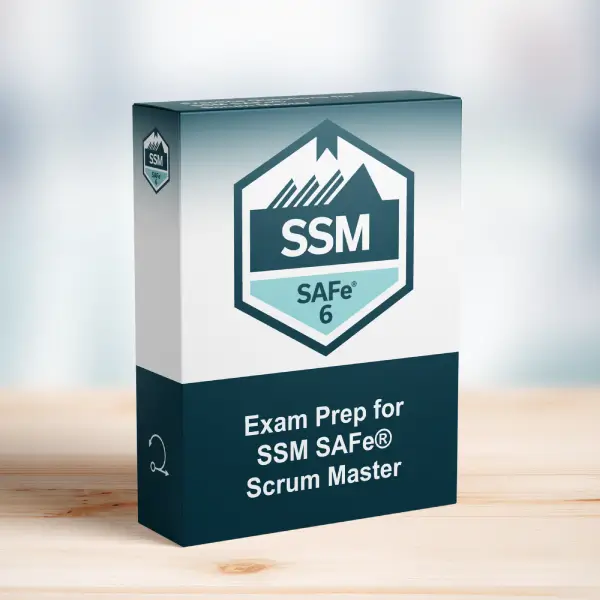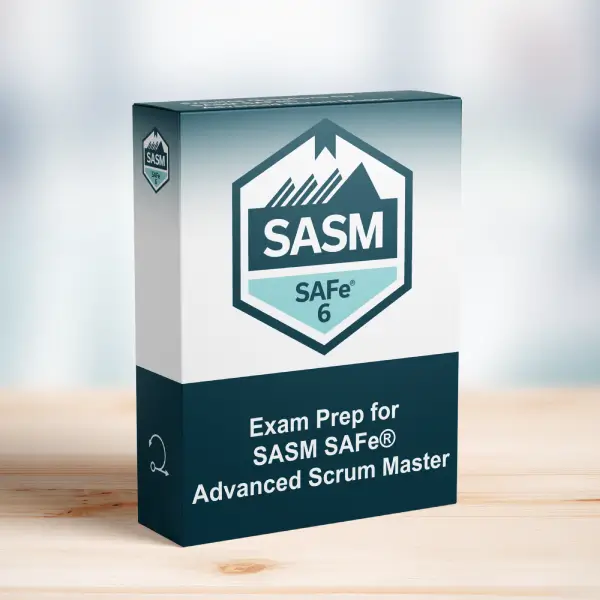What is the most effective way to establish built-in quality?
This article unpacks a SAFe Scrum Master scenario and explains what makes the correct response effective.
Exam Question
What is the most effective way to establish built-in quality?
A. Run performance testing as well as the testing of other non-functional requirements every IP Iteration.
B. Test each release more thoroughly.
C. Perform as many types of testing within the Iteration boundaries as possible.
D. Create more unit tests.
Correct Answer
C
Explanation
Correct Answer
C. Perform as many types of testing within the Iteration boundaries as possible.:
This aligns with the SAFe Scrum Master’s responsibilities and expected behaviors.
Incorrect Answers
A. Run performance testing as well as the testing of other non-functional requirements every IP Iteration.:
This is incorrect as it doesn’t reflect the SAFe Scrum Master’s duties or decision-making scope.
B. Test each release more thoroughly.:
This is incorrect as it doesn’t reflect the SAFe Scrum Master’s duties or decision-making scope.
D. Create more unit tests.:
This is incorrect as it doesn’t reflect the SAFe Scrum Master’s duties or decision-making scope.
Scrum Master Insights
- Facilitation: Scrum Masters foster productive events and team alignment.
- Coaching: They enable team-level agility through guidance and reflection.
- Program Collaboration: Effective collaboration across ARTs ensures flow of value.
Relevance to the SSM Exam
This question represents key exam topics related to scaled Agile facilitation and team performance management in SAFe.
Key Takeaways
- Scrum Masters play a crucial role in enabling Agile teams and events.
- They promote alignment, remove impediments, and drive continuous improvement.
- SAFe requires facilitation skills at both team and program levels.
Conclusion
Understanding these responsibilities equips you for real-world performance and the SSM certification exam. For guided prep, explore our SSM Exam Prep.
Read more:




